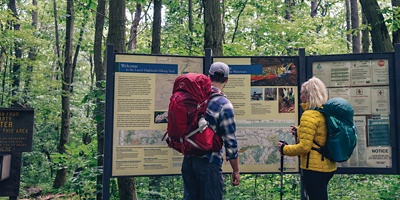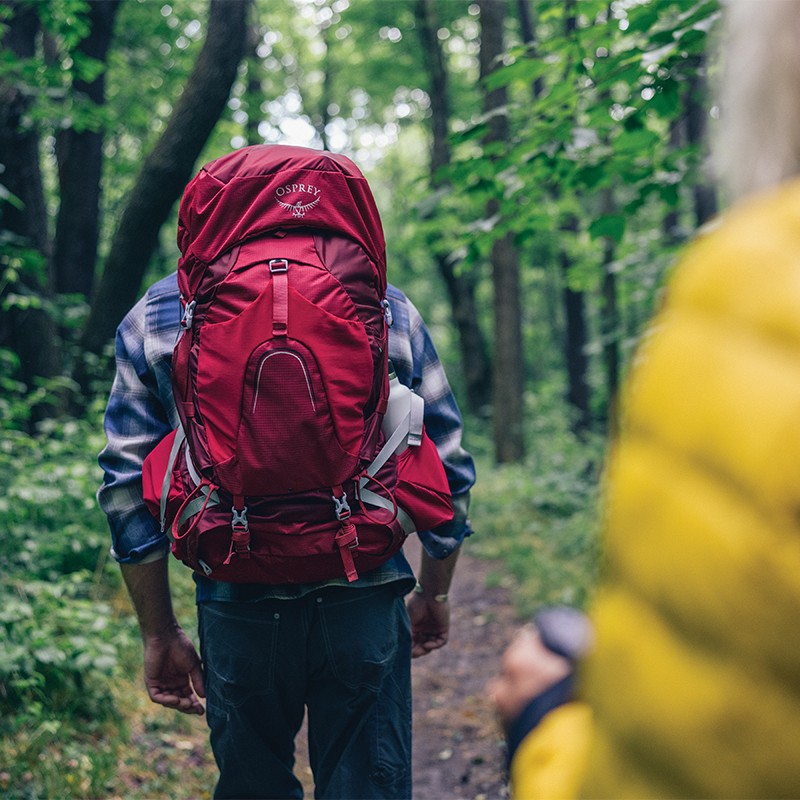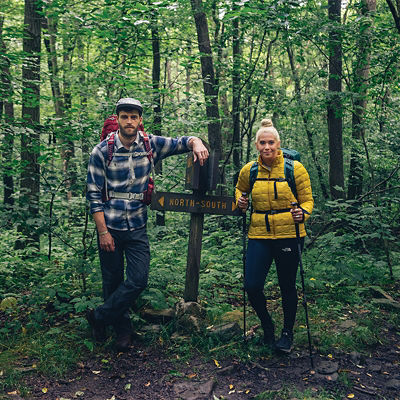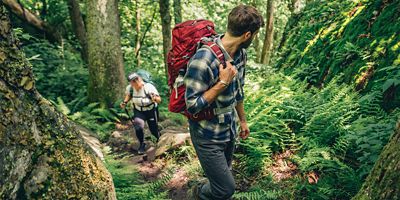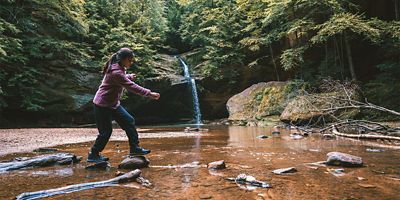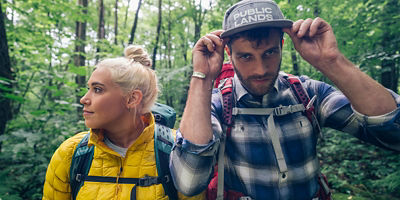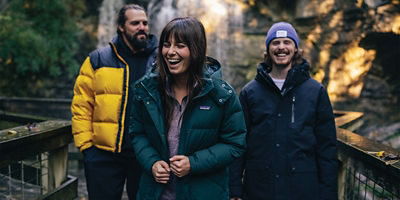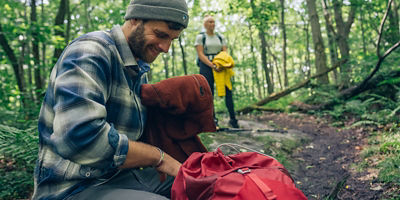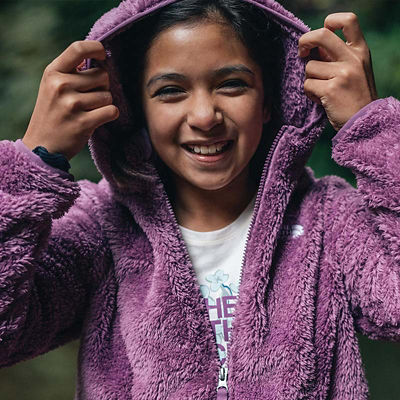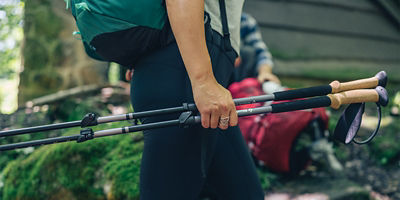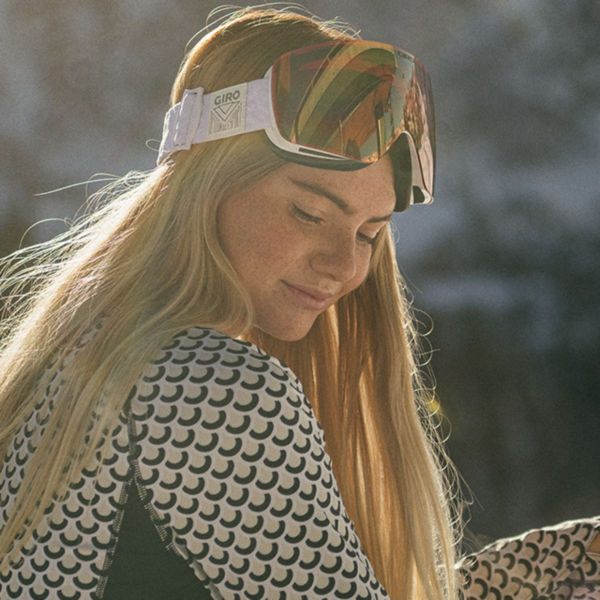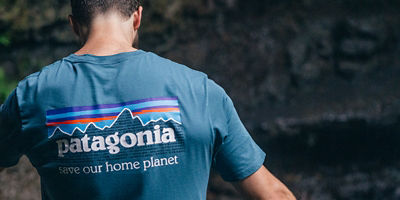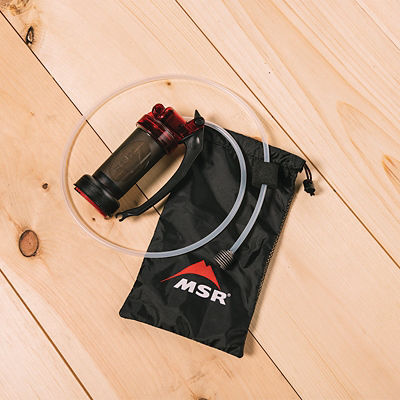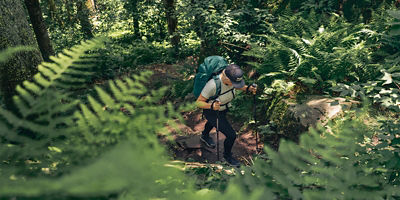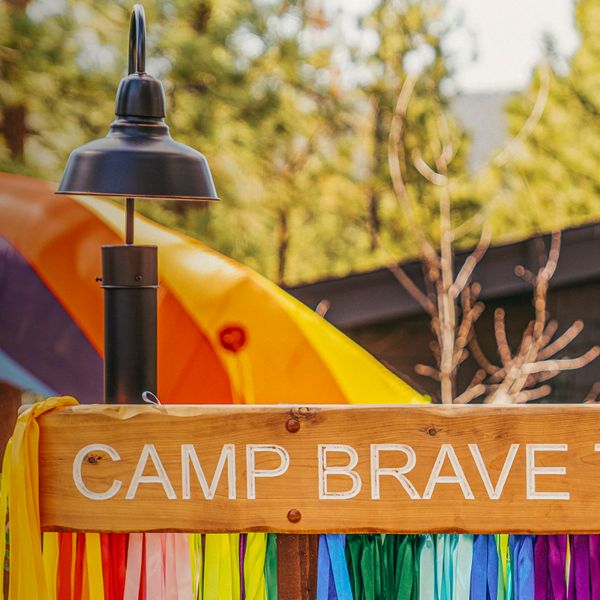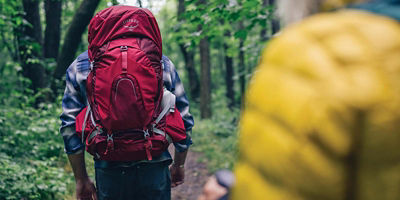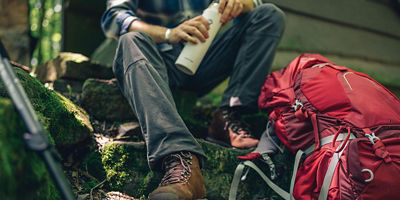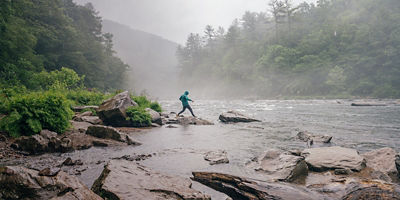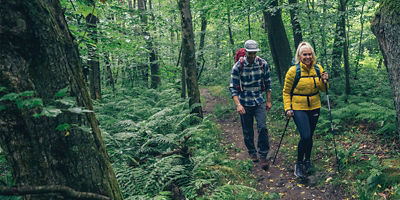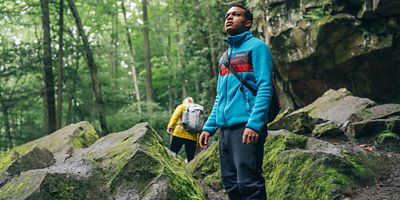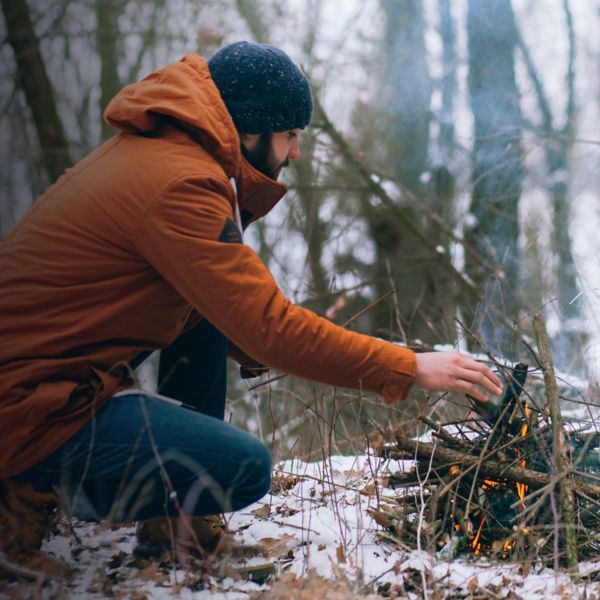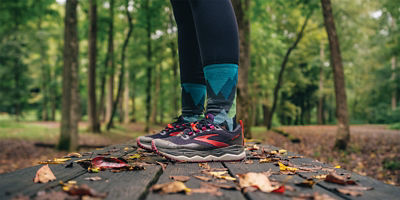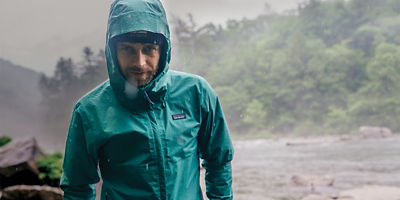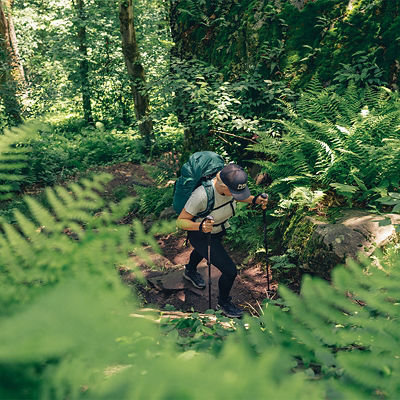Good news: The right backpack is your ticket to backcountry adventures, from weekend escapes to weeks-long epics. Bad news: The wrong pack can turn your trips into shoulder-straining, hip-bruising sufferfests. You want a pack that accommodates all your gear, feels stable and comfortable, and has all the features you need for life on the trail. Here’s how to find it.
How long will you be out there?
Pack volume is one of the most important variables to start with. A too-small backpack won’t fit what you need, while a too-big one will be excessively heavy and awkward to haul. The number of days you’ll be out, the weather, and your tendencies toward minimalism or luxury all come into play. Volume is measured in cubic liters, and general guidelines are: 40 to 55 liters for a weekend, 55 to 70 liters for a week, and 70 to 90 liters for gear-laden expeditions and winter backpacking (and hero parents taking a crew of young kids). The best strategy: Get out all the gear you’ll need and load your prospective pack to see how it fits. In the store, you can borrow gear to do this.
Does it fit?
Once you’ve zeroed in on the proper volume, the next task is making sure your pack fits your body well. Good fit is critical to getting the weight to sit comfortably: on your hips, not hanging on your shoulders, and no pinch points or painful rubbing.
Fixed versus adjustable suspension: Some backpacks have a fixed (nonadjustable) suspension, which has the benefit of being lighter and has fewer moving parts that could break. These usually come in several different sizes, like small, medium, and large. For the most custom fit, look for a pack with an adjustable suspension. These models can be fine-tuned for different torso lengths and shoulder widths. Adjustable suspensions are also a smart pick for people who will be sharing a backpack. Some brands also offer interchangeable hipbelts that can be swapped out to accommodate different waist/hip sizes.
Women’s Packs: Backpacks made for women are generally designed for shorter torsos, with shoulder straps that are positioned with a female body in mind. That said, these packs aren’t necessarily right for all women, and they can be great for some men as well. Let comfort be your guide.
Measuring your torso: Packs are designed to fit torso length, not height, so it’s good to measure yours before shopping. To determine your torso length, have a friend measure the distance, in inches, between your C7 vertebrae (that big lump at the base of your neck) to the base of your lumbar spine (on a line between the tops of your hips).
Check fit: It’s best to think of packs like shoes. Every brand fits differently. Once you zero in on a model that’s the right size for your torso length, you still need to confirm that it fits correctly. Load it up and cinch the waist belt just above your hip bones, then tighten the shoulder and load-lifter straps. With the weight resting on your hips, check how the straps fit your shoulders. Is there a gaping space? The suspension is too big. Is it squeezing down on your shoulders? It’s too small.

